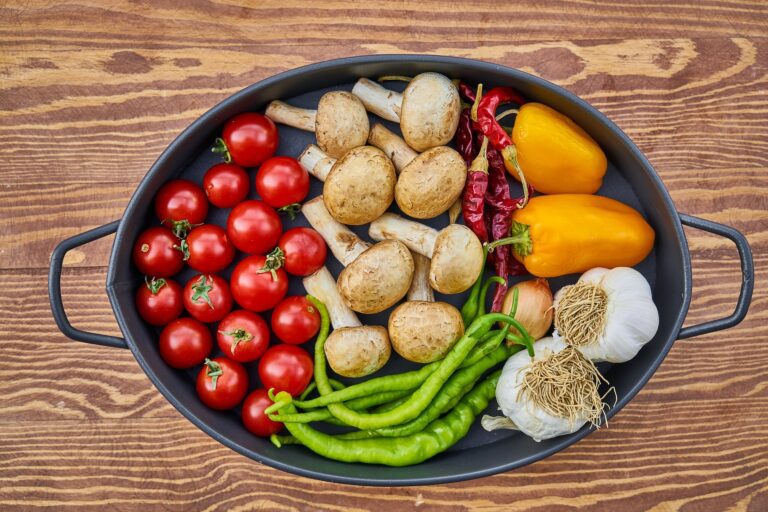Below are some tips to help tweak your favourite recipes to make them healthier and still taste great!
- Watch the fats
If frying, use a good non-stick pan and dry fry (e.g. in the case of mince). Leaving out the oil could cut 45 calories per teaspoon in your meal. If your food is drying out, don’t add more oil, add a little water. Use fats and oils that are high in good fats (poly- and mono-unsaturated fats), e.g. olive oil/rapeseed oil and try using less than the recipe suggests. - Cut down on salt
Most recipes indicate that you need to add salt or stock cubes. Replace salt with alternative seasonings such as pepper, herbs, spices, lemon juice, vinegar or mustard. Use a reduced salt stock cube or half the amount stated in the recipe. Allow people to season their own food after tasting it – they are likely to add less. - Cut down on sugar
Experiment by using less sugar when you bake – most cakes will work even if the quantity of sugar in the recipe is halved. Items such as fruit cakes, fruit scones and tea breads can be made without adding sugar as the dried fruit will provide sweetness. - Increase fibre
Use brown alternatives of rice, pasta and bread to increase the fibre content of recipes which will help you feel fuller for longer. Instead of using all plain white flour in recipes, use a mix of wholemeal and plain flour when baking, e.g. when making apple crumble – you can also add porridge oats to make the top crunchy and add more fibre! Top dishes usually requiring pastry, such as chicken pie, with mashed potato instead. - Soups and stews
Allow your broth, stew or soup to cool and skim off the fat that gathers on top of the liquid. Replacing some of the traditional fatty meats in stews with pulses like peas, beans and lentils can save calories and fat as well as adding fibre. - Sauces and dips
Replace cream, whole milk and sour cream with semi-skimmed and skimmed milk, or low fat yoghurt. Low fat yoghurt and fromage frais can be used on hot or cold puddings and in dips instead of cream, double cream or Greek yoghurt. Fromage frais is fresh, skimmed cow’s milk cheese but is more like natural yoghurt. It is not suitable for use in cooking. - Cheese
Use strongly flavoured cheeses like mature cheddar or blue cheese in savoury dishes – you can use less and still get all the flavour. If you don’t like the strong taste of such cheeses simply use low fat alternatives of your favourites. Grate cheese instead of slicing as it will spread across a dish more easily and you can use less. Replace cream cheese with low fat cream cheese. - Mayonnaise
Replace mayonnaise in salads with natural yoghurt or low fat fromage frais. Better still, try using vinaigrette dressings and serving them on the side. When making sandwiches, choose low fat mayonnaise or butter, not both. - Vegetables
Flavour cooked vegetables with herbs instead of butter or oil. Replace some meat in dishes such as shepherd’s pie, casseroles and lasagne, with vegetables and pulses (peas, beans and lentils). It is a great way to disguise vegetables for those fussy eaters. - Meat
Trim the fat from meat and remove the skin from poultry before cooking. Then bake, grill, microwave, roast or poach instead of frying it. When roasting, place the meat on a grill rack – this allows the fat to drip away. If you are cooking minced meat, brown it and drain away the fat before adding other ingredients
Repost from safefood.eu. For more tips on healthy cooking and 30 minute meal ideas, check out the safefood.eu website.
